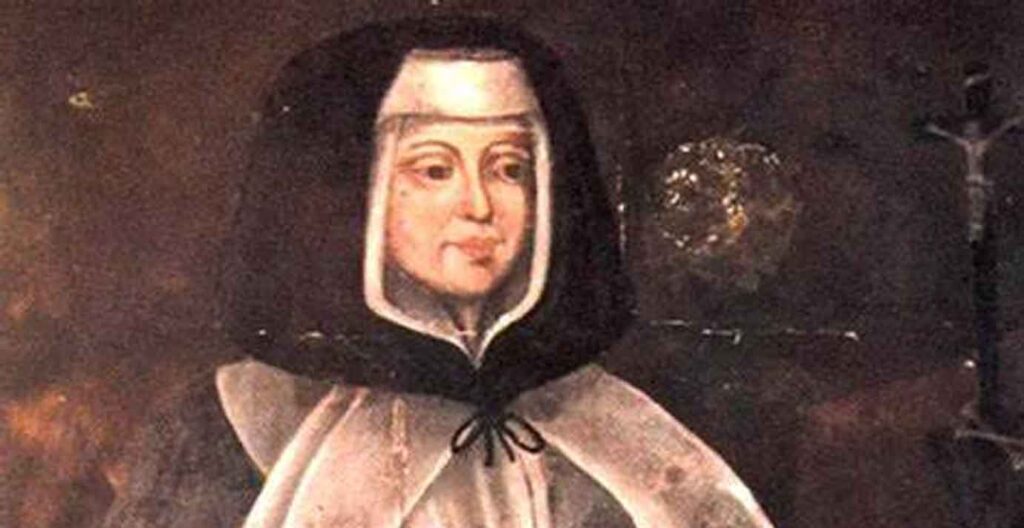Profile
Benedict was a born a Visigoth, the son of Aigul, Count of Maguelone. He was educated at the court of Pepin, and was a courtier and cup-bearer to King Pepin and Blessed Charlemagne. He was part of the 773 campaign of Charlemagne. He narrowly escaped drowning in the Tesin near Pavia, Italy while trying to save his brother.
Benedict became a Benedictine monk at Saint Sequanus monastery where he took the name Benedict. He lived two and a half years on bread and water, sleeping on the bare ground, praying through the night, and going barefoot.
In the Frankish empire, monasticism suffered lay ownership and the attacks of the Vikings. Monastic discipline decayed. In 779 Benedict founded the Aniane monastery on his own land; the monks did manual labor, copied manuscripts, lived on bread and water except on Sundays and great feast days when they added wine or milk, if they received any in alms. The results of his austere rule were disappointing, so he adopted the Benedictine Rule, and the monastery grew. He then reformed and inaugurated other houses; Saint Ardo travelled with him and served as his secretary.
Bishop Felix of Urgel proposed that Christ was not the natural, but only the adoptive son of God (Adoptionism); Benedict opposed this heresy, wrote against it, and assisted in the Synod of Frankfurt in 794.
Emperor Louis the Pious built the abbey of Maurmunster as a model abbey for Benedict in Alsace, France, and then Cornelimunster near Aachen, Germany, then made Benedict director of all the monasteries in the empire. The monk instituted widespread reforms, though because of opposition they were not as drastic as he had wanted.
Benedict participated in the synods in Aachen. He was an advisor and supporter of the emperor. He wrote the Capitulare monasticum, a systematization of the Benedictine Rule as the rule for all monks in the empire. He compiled the Codex regularum, a collection of all monastic regulations, and Concordia regularum, showing the resemblance of Benedict’s rule to those of other monastic leaders. The rules stressed individual poverty and chastity with obedience to a properly constituted abbot, himself a monk.
Benedict insisted upon the liturgical character of monastic life, including a daily Conventual Mass and additions to the Divine Office. He stressed the clerical element in monasticism which led to the development of teaching and writing as opposed to manual labor in the field. This direction lapsed some time after Benedict’s death, but had lasting effects on Western monasticism. Benedict is considered the restorer of Western monasticism and is often called “the second Benedict”.
Born
c.747 at Languedoc, France as Witiza
Died
- 11 February 821 at Cornelimunster, Aachen, Germany of natural causes
- buried on 12 February 821
Patronage
- in Aniane and Dijon, France
Representation
- Benedictine abbot with supernatural fire near him
- man in a cave with food being lowered to him in a basket
- man giving the habit to Saint William of Aquitaine
Source: https://catholicsaints.info/saint-benedict-of-aniane/







